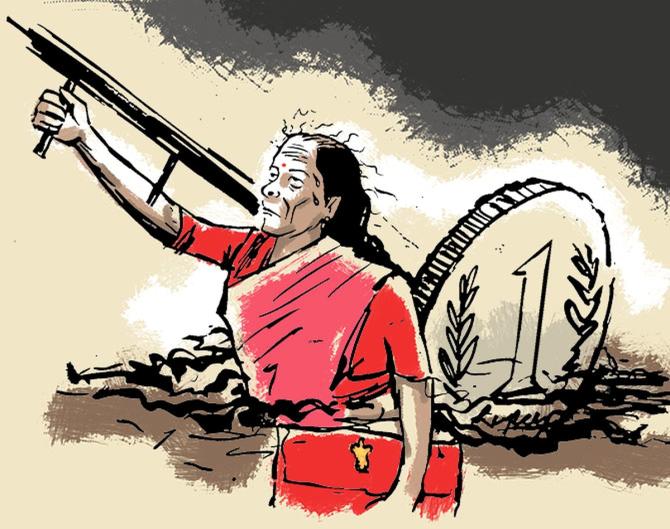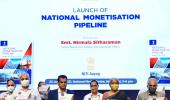Valuations are essentially estimates, so multiple methodologies are useful to get a range. The real value will be found only through a competitive bidding process.

The government has used four methods to value the assets that it is looking to monetise under its Rs 6-trillion National Monetisation Pipeline (NMP).
The value of the assets on the block is indicative that the government is expected to realise either in the form of upfront accruals or by the way of private sector investment, NITI Aayog said in its report.
Valuations are essentially estimates, so multiple methodologies are useful to get a range, said Manish Agarwal, infrastructure expert and co-founder of AskHowIndia.org.
Different valuation methodologies depend on the different assumptions that are being considered for valuing a business, he said.
For regulated businesses, where the regulator is determining the revenue based on capex, the uncertainty in projections is lesser.
But for other businesses, like power generation, future revenues are more uncertain or less predictable, Agarwal said.
“It is the best practice to use multiple methods as the government has shared only estimates, but the real value will be found only through a competitive bidding process,” he said.
However, Aggarwal said these valuations should not be used as reserve prices at the time of inviting bids.
This is because the bids, when being invited, would be reflective of the prevailing market conditions, he said.
The report estimates capex to be funded through private sector investment at an indicative monetisation value of Rs 6 trillion.
However, under the public-private partnership model, additional revenue streams that may accrue to the government towards revenue share or concession fee over and above the private investment has not been included in the indicative value of Rs 6 trillion as the same cannot be ascertained, the report said.
The NMP proposes to monetise several brownfield asset classes through models, including Operate Maintain and Develop, or assets where significant capital expenditure is involved for “augmentation or rehabilitation of assets” the report said.
The method used for the valuation of assets includes the market approach, which has been followed for valuing roads and power transmission assets.
Under this method, indicative value has been determined based on comparable market transactions for the identified asset classes.
The approach has been to estimate the market value “per unit of asset” based on the secondary review of reference transactions.
For assets such as natural gas pipeline and product pipelines, an enterprise value method has been followed.
The approach is used for assets where information on the existing revenue stream is available or can be projected based on assumptions.
In valuing these assets, the net present value of discounted cash flows has been worked out to determine indicative monetisation value.
The report states the caveat that the EV-based valuation at this stage is a “high-level estimate only” and the actual valuation will be computed at the stage of transaction preparation and structuring.
The book value approach has been used to value power generation assets, as information on comparable market transactions or estimated capex investment is not available for the sector.
The book value of the assets has been estimated considering the average capex cost incurred to construct a similar category of an asset adjusted for the age of the asset and the number of years of operation.
Lastly, for valuing airports, railway stations, passenger trains, ports, sports stadiums, urban housing redevelopment, capex approach has been followed.
This is used for asset classes that may be monetised through PPP models envisaging the capex investment by the private sector.
In such cases, capital expenditure towards expansion or improving the quality of infrastructure delivery is considered.
In this approach, the extent of private investment towards capex has been considered as indicative monetisation value.
The report states that the actual monetisation value will be determined after detailed valuation or feasibility studies at the stage of transaction structuring.
“Hence, it would not be prudent to take the indicative monetisation value as a reference rate or value for any transactions in future,” it said.
For certain assets, the potential for monetisation may be limited or lower than estimates, while for some others, significant upside potential over the indicative monetisation value may exist, which needs to be tapped through appropriate structuring and instruments, the report said.
Generally, for valuing assets with an existing revenue stream, a discounted cash flow (DCF) approach is followed that helps in computing the value of the asset based on its asset life and revenue-generating capacity, said Anjan Dasgupta, partner at DSK Legal.
“For instance, for an asset with a life of 30 years, its projected cash flows throughout its life are considered, and a discount is applied which helps in computing the net present value of the projected cash flows.
"Based on that value, the government should approach private participants for monetising assets,” Dasgupta said.
Agarwal, too, said DCF is generally considered most appropriate and is known to be a more scientific approach.











